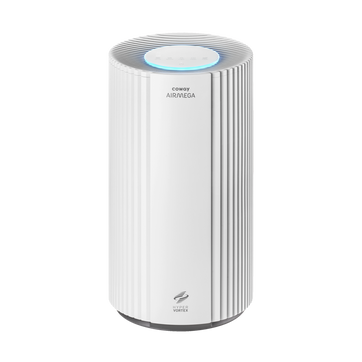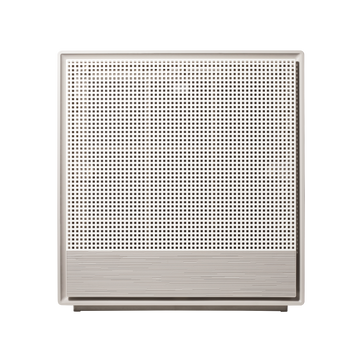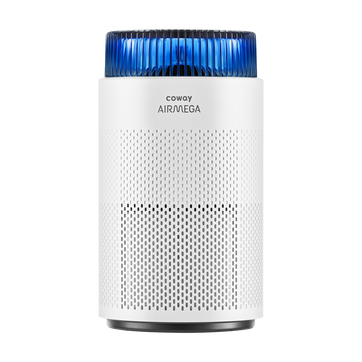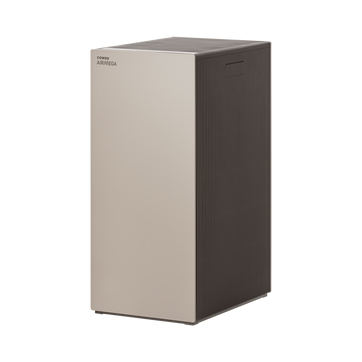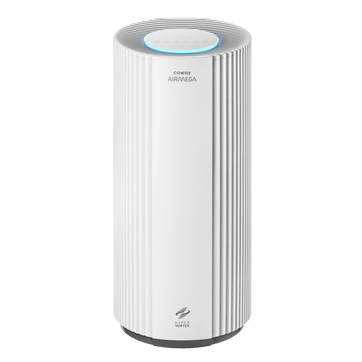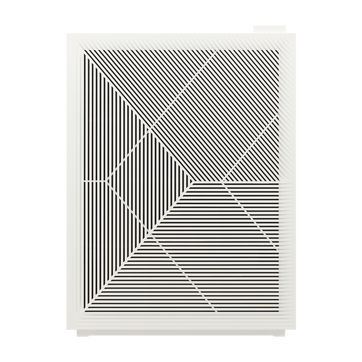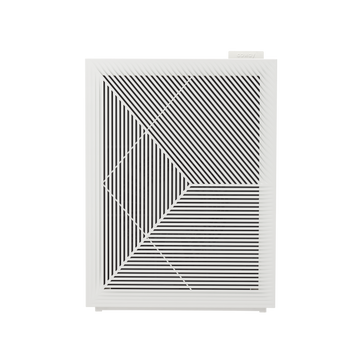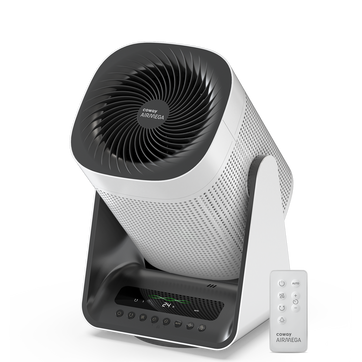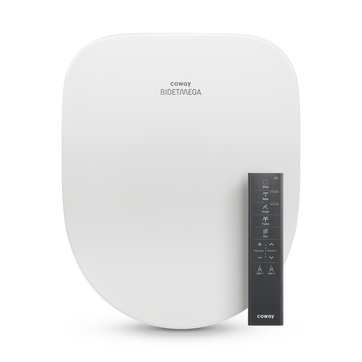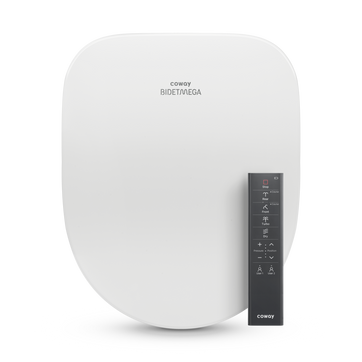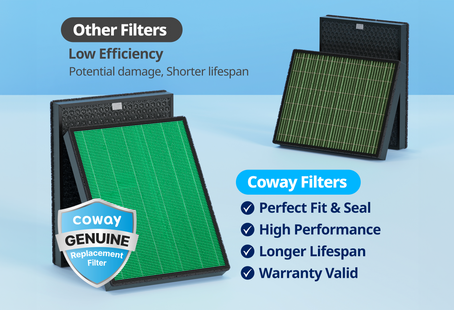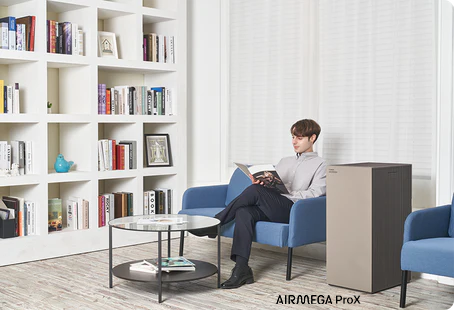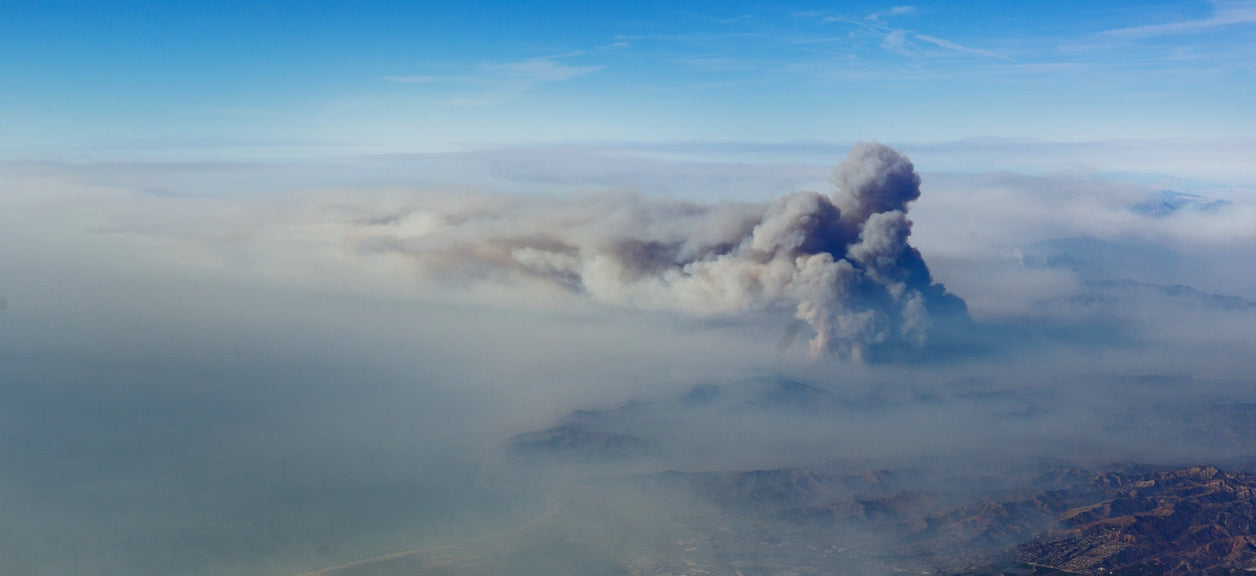
Is distant wildfire smoke dangerous?
For people living in the western United States, June 1st is notable—it marks the start of wildfire season. This year, residents are preparing for the season after suffering devastating losses in 2018. One common measure is to clear away dry branches and other debris to create 100 feet of “defensible space” around every home. As a result, when a wildfire approaches, there’s less fuel to feed it.
Beyond the flames
But the impact from wildfires goes far beyond the flames. The smoke generated by a wildfire can travel for many miles and pose a health threat. Just as it’s critical to clear out the space surrounding a house, it’s also crucial for people in proximity to wildfire areas to protect themselves from wildfire smoke.
Wildfire smoke is worse than other types
When a wildfire burns through a community, it consumes everything in its path. This includes all kinds of household materials, like rubber, plastics, metals and more. In the heat of the fire, these materials become tiny, airborne toxins. The fine particles then irritate people’s eyes and throats. They can also cause respiratory issues if taken into the lungs. Further, one study revealed that elderly people, children and pregnant women are especially vulnerable to the particles released from wildfires.
Wildfire smoke travels the distance
In 2018, as the Camp Fire near Paradise, California raged, public health officials made a startling declaration. They said that breathing the air in San Francisco for a day—over 150 miles from the fire—was equivalent to smoking ten cigarettes. No homes in the Bay Area were in danger from the flames, but the unhealthy smoke had traveled. Local authorities closed schools, canceled major events and advised people to stay indoors while the smoke loomed.
Protect yourself and your family
When wildfire smoke blows into your area, the best protection is to remain inside a well-sealed home with a HEPA-filter air purifier, like the Coway Airmega. The Coway Airmega constantly monitors indoor air quality. When the unit senses a decrease in air quality, it automatically activates the air purification process and removes harmful particles. Even in the event of a distant wildfire, the Coway Airmega can provide safe, clean air for you and your family.
Disclaimers
1Coway air purifiers has been proven to trap dust, pollen, dander, viruses and bacteria in the air based on KCL (Korea Conformity Laboratories) testing.They have been tested in a 30㎥ size chamber according to the Korea Air Cleaning Association standard (SPS-KACA 002-132:2022 Modified) to measure the 0.01㎛ size of particle removal rate. It was tested on maximum airflow speed in normal room temperature and humidity conditions. The performance may vary in the actual living environment of customers.
→ Tested with Airmega Aim, 150, 160, AP-1216L, AP-1512HH, AP-1512HHS, 200M, Icon, IconS, 230, 240, 250, 250 Art, 250S, 300, 300S, 400, 400S, ProX
299.97% of viruses, bacteria, fungi and pollen were verified to be removed from the air for Coway air purifiers which have Green True HEPA™ filter applied based on the Japan Food Research Laboratories(JFRL) testing according to JEM 1467 standard.
→ Tested with Coway Airmega AP-1512HH, AP-1512HHS, 250, 250 Art, 250S, 300, 300S, 400, 400S
→ All tested by JFRL and received above result within below time.
All tested by JFRL and received above result within below time.
- Virus: Tested with Escherichia coli phage ΦX174 NBRC 103405, 60 minutes
- Bacteria: Tested with Staphylococcus epidermidis NBRC 12993, 60 minutes
- Fungi/Mold: Tested with Penicillium citrinum NBRC 6352, 60 minutes
- Pollen: Tested with Cedar Pollen extract, 60 minutes
3Aerosol test conducted in a Biosafety level 3 laboratory with two Coway air purifier models, Coway Airmega 250 and 400 for removal of SARS-CoV-2 Aerosol by US based MRI Global, a not-for-profit laboratory and partner of US Department of Defense. The test was conducted in a 13.1ft3 chamber. Virus was aerosolized for 15 minutes and the product was turned on high for 2 minutes. Result showed each product effectively removed over 99.98% of the SARS-CoV-2 in 2 minutes. This is a result from a laboratory experiment condition and result may vary in different conditions. This result does not imply it kills SARS-CoV-2 or prevents the transmission of Covid-19. Coway Airmega 250S and 400S are identical to the tested models and has equal performance with an additional mobile connectivity function.
4The concentration of ammonia, acetaldehyde and acetic acid were proven to be removed within 30 minutes by FCG Research Institute, Inc. Human Life Science Lab. It is not a demonstration result in the actual use space. Not all odors and gases may be supported. → Tested with Coway Airmega 150, 160, AP-1512HH, AP-1512HHS, 400, 400S
5The coverage area of the air purifier is based on an area where the air cleaner can make two air changes per hour (ACPH). An air change per hour translates to how many times an air purifier can clean an area, assuming the height of a ceiling to be 8 ft, in one hour. Therefore ** means two air changes per hour means that the cleaner can clean the area once every 30 minutes and * means air changes per hour means that the air purifier can clean the area once every 60 minutes.
10Terms and conditions apply. Discounts, including promotions, coupons, bundle discount and subscription discount, cannot be stacked on top of other coupons. During promotional periods, discount codes will not be able to be applied to orders. Promo codes may apply to products only—filters, accessories, and new products within 3 months of the release date are not included.
